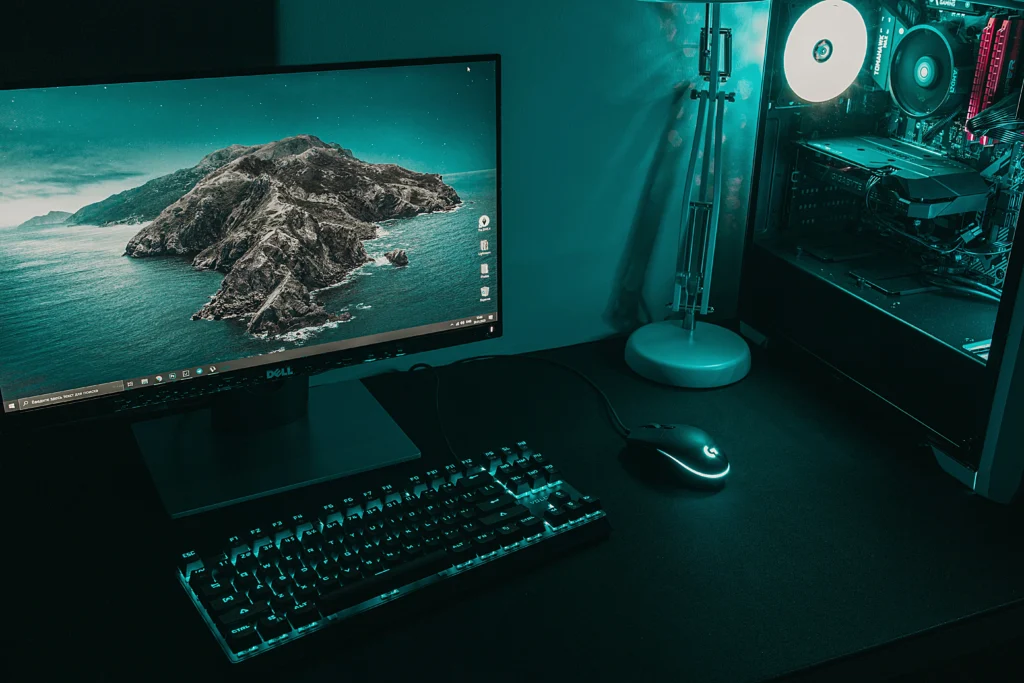
Customizing desktop icons with bold fonts can significantly enhance the appearance and readability of your computer interface. Many users desire a visually appealing and functional desktop experience, and adjusting fonts is one of the easiest ways to achieve this. In this guide, we will walk you through the process of installing and applying bold fonts on your desktop icons, as well as discuss the benefits and challenges of doing so. Whether you are working on a creative project, need better visibility, or simply want to personalize your desktop, this article provides valuable insights and step-by-step instructions to help you achieve your desired outcome.
Customizing the font on your desktop icons can improve not only the aesthetics of your interface but also the usability. Bold fonts, in particular, offer a number of advantages for users. Below are some reasons why you might want to consider bold fonts for your desktop icons:
Now that we understand the importance of customizing fonts, let’s dive into the process of installing bold fonts on desktop icons. The method varies depending on the operating system you are using. Below, we will cover the steps for both Windows and macOS systems.
Windows provides a straightforward way to change the fonts used for desktop icons. Follow these simple steps to install bold fonts on your desktop:
First, you will need to download a bold font of your choice. Many websites offer free fonts, such as DaFont, Font Squirrel, and Google Fonts.
After downloading the font file (usually in .ttf or .otf format), double-click on the file to open it. Click the “Install” button in the font preview window. This will install the font on your system.
Unfortunately, Windows doesn’t have a built-in way to change only the font for desktop icons. To use your newly installed bold font, you will need to modify system settings through a third-party program like “IconTweaker” or “DesktopOK”. These programs allow you to customize the fonts for desktop icons. Alternatively, you can change the system-wide font settings, but this will affect all text elements in Windows.
After selecting your desired bold font in the third-party program, apply the changes. You may need to restart your computer for the changes to take effect.
On macOS, the process is similar but a bit more streamlined. Here’s how to install and use bold fonts on desktop icons:
As with Windows, you’ll need to find a bold font. Websites like DaFont or Google Fonts are great resources for free font downloads.
Once you have downloaded the font file (usually .ttf or .otf), double-click the file. macOS will open the Font Book application, where you can click “Install Font” to add it to your system.
Unlike Windows, macOS doesn’t have a built-in option to customize desktop icon fonts. However, you can use a third-party app like “FontBase” or “Typeface” to manage and apply the bold font. These apps allow you to use a font style for various system elements, including desktop icons.
After selecting the bold font from the third-party app, restart your computer for the changes to take effect.
While bold fonts can be visually striking and improve readability, there are some considerations to keep in mind when applying them to your desktop icons:
There are numerous bold fonts available that can enhance the look of your desktop icons. Here are some popular choices:
When it comes to customizing desktop icons with bold fonts, you may encounter a few common issues. Here are some troubleshooting tips to help you resolve them:
Installing bold fonts on your desktop icons is an effective way to enhance the visual appeal and functionality of your computer. By following the simple steps outlined in this guide, you can easily customize your desktop to suit your preferences, whether you are looking for better readability, improved accessibility, or a fresh look for your interface. Remember to choose the right font, test it on your system, and keep in mind any potential issues that may arise. With a little experimentation, you can create a desktop environment that is both practical and aesthetically pleasing.